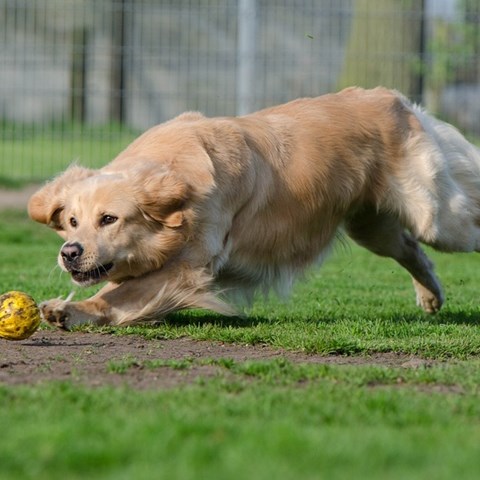Contact
Department of Animal Breeding and Genetics, Department of Animal Breeding and Genetics, Applied Genetics

Breeding against canine hip dysplasia (HD) may benefit from the importation of foreign sires. When foreign sires are evaluated on a different HD scale, this may diminish the efficacy. Using stochastic simulations, we evaluated genetic change and inbreeding levels for different scenarios of importing sires with high genetic merit for HD. Population size and genetic parameters (e.g. heritability, accuracy of selection, genetic correlation) were based on actual data for HD in Golden retrievers and Labrador retrievers in the UK and Sweden.
For countries with different HD scales and an estimated breeding value (EBV) evaluation in place, the importation was useful if imported sires had EBV rankings in the top 50% and if genetic correlations between EBV systems were above 0.85. When importing sires with EBV rankings in the top 10%, moderate accuracies of EBVs (>0.40) and moderately strong genetic correlations (>0.70) were needed. Selection against HD without the importation of sires may increase inbreeding levels, while the importation of sires can decrease inbreeding levels. For national genetic evaluation and selection programmes, importing sires with high genetic merit can be an effective breeding strategy, but care is needed to estimate reliable EBVs.
https://doi.org/10.1016/j.tvjl.2019.03.009
S. Wang, E. Strandberg, Å. Viklund, J.J. Windig, S. Malm, T. Lewis, D. Laloë, G. Leroy. Genetic improvement of canine hip dysplasia through sire selection across countries. The Veterinary Journal (2019), volume 248, pages 18-24